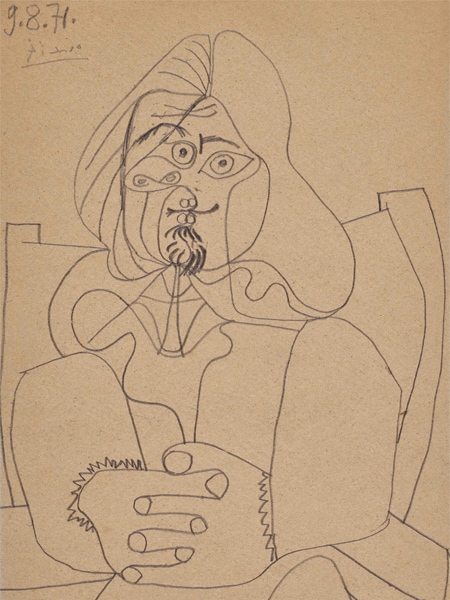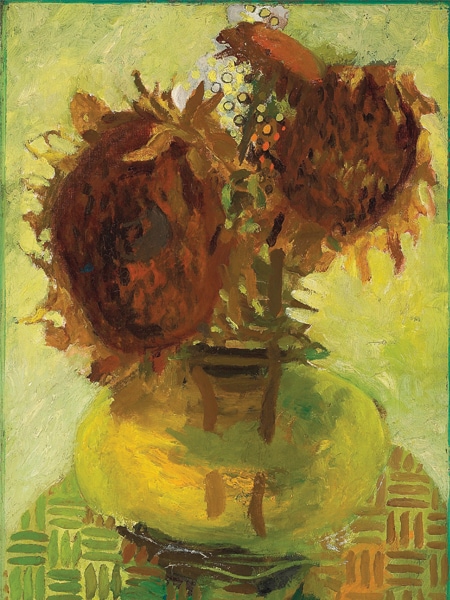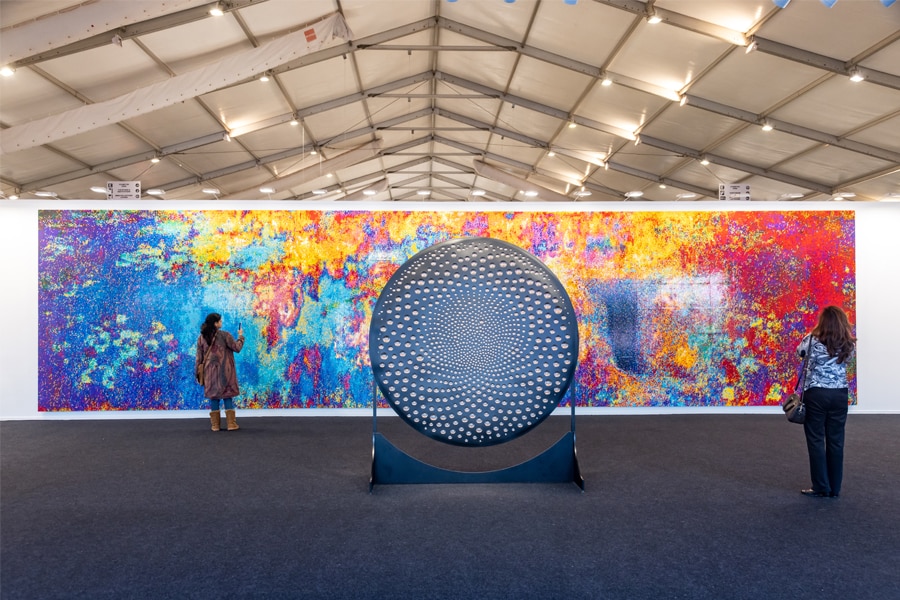
Picasso, Chagall, Dali: Bringing international artists to Indian buyers
AstaGuru's upcoming July auction and private exhibition—including the likes of Dali, Picasso, Warhol, Hirst and Koons—is testament to Indian art buyers warming up to global, iconic artists
[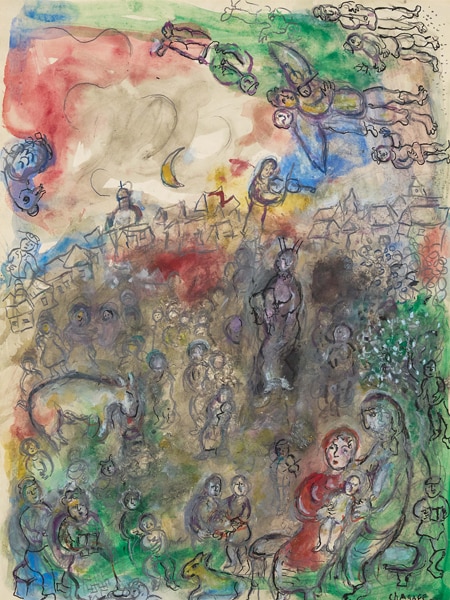 CAPTION]Marc Chagall - Résonances De Vitebsk Pour La Famille (Sounds Of Vitebsk For The Family)Medium - Gouache, tempera, India ink, pastel and graphite on paperYear - 1980
CAPTION]Marc Chagall - Résonances De Vitebsk Pour La Famille (Sounds Of Vitebsk For The Family)Medium - Gouache, tempera, India ink, pastel and graphite on paperYear - 1980
On July 19 and 20, online auction house AstaGuru will be hosting its fourth auction of international artists, with names such as Salvador Dali, Pablo Picasso, Marc Chagall, Damien Hirst, Jeff Koons and Amedeo Modigliani going under the virtual hammer. What makes this auction, called ‘International Iconic’, stand apart from earlier ones is the fact that the artworks will be on display for the first time at the AstaGuru auction house in Mumbai prior to the event.
The fact that AstaGuru is putting these artworks—some with eight-figure opening bids—on display and following it up with a private exhibition of comparable works later in the month speaks volumes about how far the India art market has come in the last few years. Known as a market primarily for Indian artworks—whether they are Modern or Contemporary—a growing interest in iconic international artists is a more recent phenomenon in the country.
“Although there is substantial liquidity in India and Indian artworks have fetched millions of dollars, the exposure to international artists is restricted to a few who manage to take time off to travel and visit international galleries overseas,” says Tushar Sethi, CEO, AstaGuru. “So, our thought process was to try and cater to this audience, and get them artworks that are easily accessible, and pieces that they can like and acquire.”
He adds that with Indian art reaching impressive heights, buyers can acquire serious international art at similar price levels. “Art is about acquiring good brands. Today, at a global level, there are fantastic brands that the wealthy Indian would like to acquire for their collections, and we would like to cater to that audience.”
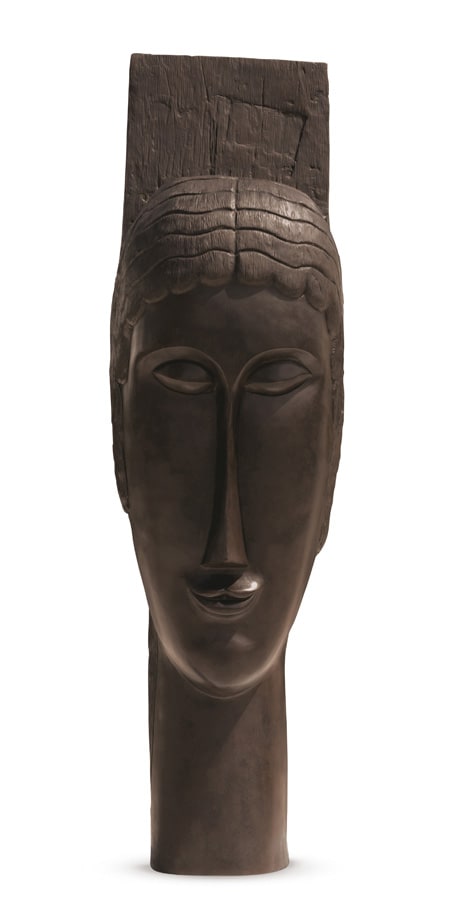 Amedeo Modigliani - Tete De Cariatide (Head Of Caryatid) (AP IV - IV + Edition OF 8)Medium - BronzeYear - Conceived 1906 (cast later)
Amedeo Modigliani - Tete De Cariatide (Head Of Caryatid) (AP IV - IV + Edition OF 8)Medium - BronzeYear - Conceived 1906 (cast later)




